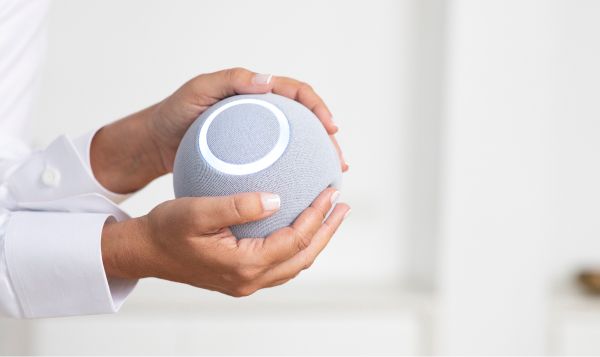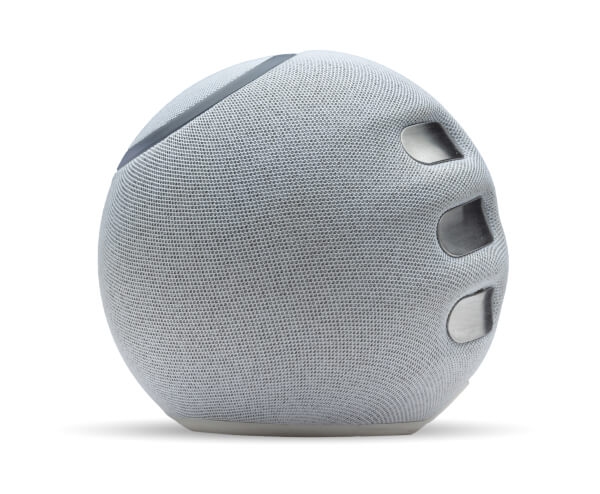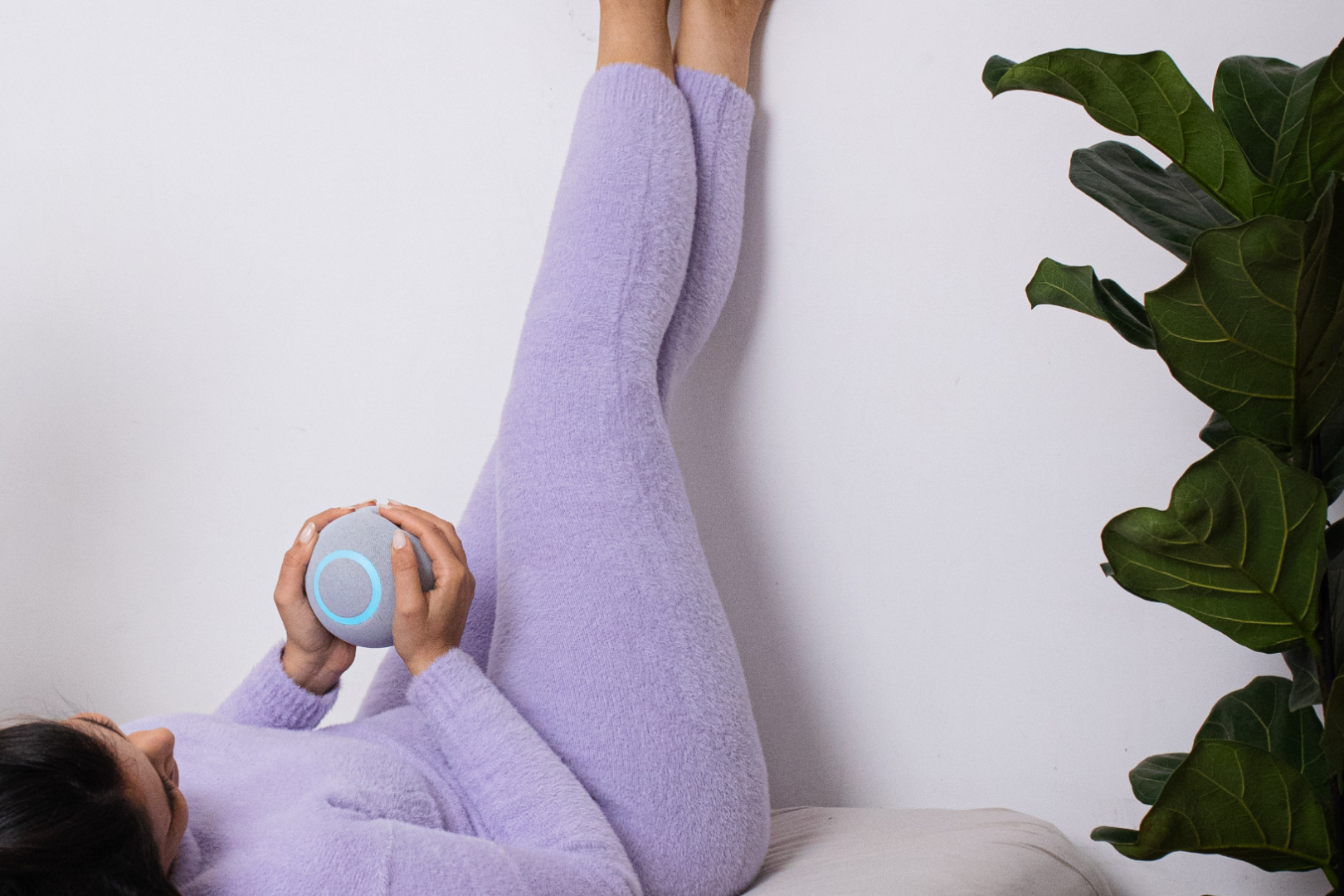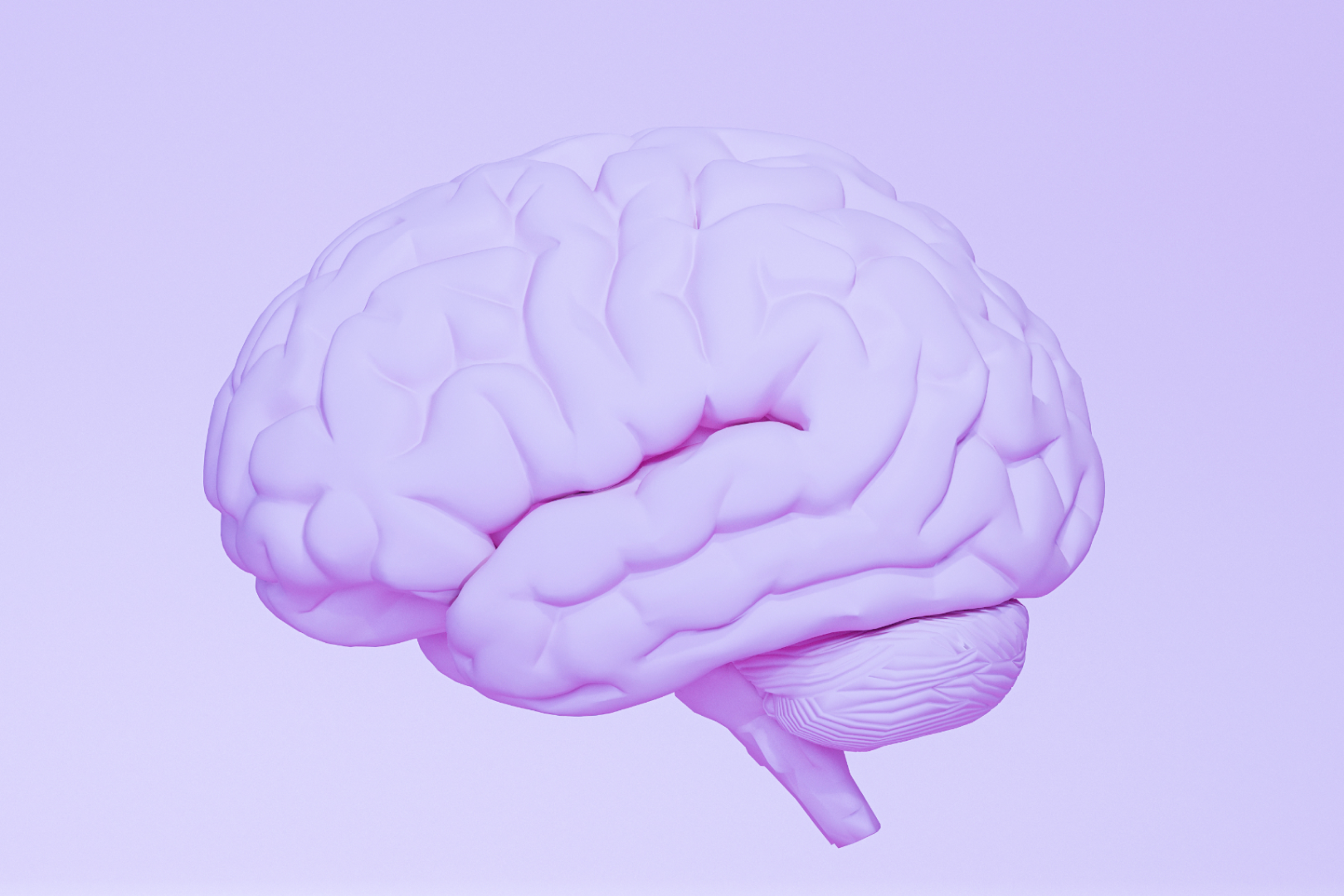Can’t concentrate. Can’t focus. Completely forgot an important deadline (again!). If you have ADHD, this probably sounds familiar. You might have already tried medications or therapy to manage the symptoms of ADHD. But what you might not have tried yet is mindfulness meditation.
This ancient practice is becoming more popular as a way to improve a host of mind-body disorders, such as depression, anxiety, insomnia, and ADHD too. For people with ADHD, meditation might seem like the last thing you would want to do, or are capable of doing.
In fact, meditation demands many of the skills that people who have ADHD struggle with – focus, attention, silence and stillness. However, clinical studies show that mindfulness meditation can bring relief from ADHD, without any of the side effects of medications or doctors’ bills. How? Let’s start by first understanding what ADHD is, how it connects to the mind-body experience, and how to meditate when you have ADHD.
What is ADHD?
ADHD, or Attention Deficit Hyperactivity Disorder, is a very common neurodevelopmental disorder, characterized by an inability to concentrate and pay attention, scattered thoughts, impulsivity and difficulty controlling one’s behaviors.
ADHD typically starts to appear between the ages of 3 and 6, at a time when children are expected to be able to ‘sit still’ at kindergarten and school. Sometimes, ADHD is mistakenly attributed to disciplinary or emotional problems, and getting the right diagnosis can take time. There is no ‘cure’ for ADHD, and it usually persists into adulthood. In fact, 4% of American adults have ADHD.
In many cases, people who have had the symptoms of ADHD since a young age only receive an accurate diagnosis as adults, and this often comes with a sense of relief at having finally been understood. In conventional medicine, the most common treatment for ADHD is prescription drugs. There are several types of meds prescribed for ADHD.
They work by triggering the release of neurotransmitter hormones in the brain, which causes the individual to become more alert and focused. Whether or not an individual chooses to take meds, living with ADHD means learning to manage the symptoms and build habits that support a healthy and satisfying lifestyle. One strategy to do this is meditation.
How Can Meditation Help with ADHD?
Meditation is a technique that trains the individual to become fully present in the moment. By learning to ‘be’ with one’s thoughts, the individual learns to become less resistant and more accepting of themselves, letting go of internal tension and conflict, and alleviating many of the mind-body symptoms that come with it.
Meditation is much, much more than just sitting in the lotus position and relaxing. Science has shown that meditation may actually strengthen the neural pathways of the brain that relate to the processing of information.
This is due to neuroplasticity – just as one can build up a muscle by exercising it, you can also change your brain by ‘exercising’ it in certain ways. For people with ADHD, meditation helps to thicken the prefrontal cortex of the brain, which is the seat of concentration and impulse control.
Meditation also helps raise the levels of dopamine in the brain, a neurotransmitter hormone that increases alertness and concentration. Clinical research has demonstrated the meditation benefits for ADHD: a well-known study from 2008 involved 24 adults and 8 teens who underwent an 8-week mindfulness training course.
After completing the course, participants showed improvements in self-reported symptoms of ADHD as well as improvements on performance tests for a range of tasks designed to measure attention and concentration. The researchers concluded that mindfulness meditation is a suitable treatment option for adults with ADHD, and may be extremely effective for some of them.
Mindfulness Meditation for ADHD
There are several different types of meditation, including mantra meditation, loving-kindness meditation and spiritual meditation, to name a few. While all meditation has mind-body benefits, the type of meditation that can be particularly effective for ADHD is mindfulness meditation.
Mindfulness meditation specifically works on becoming aware of your thoughts as they pass through your mind. The idea is to note the thoughts as they come and go, and observe them in a neutral way, without judgment or resistance. Over time, mindfulness meditation trains the mind to become less reactive and impulsive, to pay attention, be more focused, and to better regulate emotions.
This in turn helps calm the body and reduce many of the symptoms that come with ADHD, such as anxiety, fatigue and depression. For people with ADHD, mindfulness meditation is a powerful tool to improve many of the areas where ADHD most impacts their daily lives; things like mental focus, the ability to sit still and pay attention, impulse control, memory, and seeing tasks through to the end.
ADHD Meditation Strategies
You might assume that people with ADHD have a more difficult time with meditation, but the truth is, becoming skilled at meditation takes practice, time and patience for everyone, even those who don’t have ADHD.
Meditation is even called a ‘practice’, because it is an activity that must be performed regularly and consistently to get results, much like practicing an instrument or training in a sport. That is true for anyone who wants to meditate, even Zen masters!
For people with ADHD, it is helpful to create strategies around your meditation commitment to make sure you stick to it, and reap all the potential benefits. Here are 5 key strategies for how to meditate with ADHD:
Put daily practice in your calendar
One of the main challenges for people with ADHD is organization. ADHD makes you easily distracted and often forgetful. That’s why it is important to put daily meditation practice in your calendar – at the same time, every day. You don’t need to spend an hour or even half-an-hour doing meditation.
Start with 5 minutes a day for one to two weeks, and work your way up to 10 minutes. Once you are doing 10 minutes a day, see if you can extend it to 15 or 20 minutes. If this is too much, that’s ok – even just 10 minutes every day is enough to get the meditation benefits for ADHD. So mark your calendar!
Use a biofeedback device
Biofeedback is a technique in which you use a special device to monitor your body’s physiological responses and learn how to relax in real time. Biofeedback is often used in conjunction with mindfulness meditation. During meditation, the biofeedback device tracks your heart rate, breathing rate and other responses, and you can watch how and when they calm down.
With this knowledge, you become more familiar with the effects of meditation on you as an individual, and more efficient at practicing it. One of the main benefits of biofeedback is that you can do it by yourself, with an at-home biofeedback device that doesn’t require any special setup. With the Reflect biofeedback device, place your hands on the orb and your body’s responses are measured through the skin.
Biofeedback is an excellent way to become more engaged and invested in meditation, particularly for people with ADHD who may require a more tangible way of understanding and experiencing meditation.

Don’t get too hung up on the details
It may seem that meditation is very complicated, and there is a lot to learn before you start. But the truth is, meditation in essence is quite simple. Just sit, and be with your thoughts. You do not need a fancy yoga mat, or special clothes.
You may choose to use a relaxation device, such as a biofeedback device or a meditation app, to guide your practice. But beyond that, there is nothing special you need to ‘do’. There is no right or wrong way to meditate. If you feel your mind getting distracted during meditation, that’s normal and part of the process.
Just notice it, and then bring your mind back. So don’t sweat the details; get started doing a few minutes of meditation every day, and with time, you will become more familiar and comfortable with it.
Remember it’s a marathon, not a sprint
Many people with ADHD tend to be impulsive, which can manifest as impatience. The thing to remember about meditation is that it is a long game. There won’t be any overnight results! You need to stick to the regular daily practice, and over time, the benefits will start to become apparent.
Although everyone is different, you should be able to feel the benefits after a few weeks or months. In the research cited earlier, the participants felt the effects of mindfulness meditation on their ADHD symptoms after 8 weeks.
Try walking meditation
If sitting still is simply too challenging, walking meditation can be a good option for people with ADHD. Walking meditation is done at a slower pace than regular walking, and the individual focuses on their body movements and breathing to anchor themselves to the moment and be in the present. There are several techniques for walking meditation, which originate in ancient Buddhist tradition.
Some techniques involve walking in small steps in a circle, others have you walking a short distance and back again, repeatedly. The benefits of walking meditation are much the same as regular meditation, and it may be the right fit for those with ADHD who can focus better during movement.
What is the most ADHD-friendly form of meditation?
Whether or not you take meds, or are doing some form of cognitive or psychological therapy, mindfulness meditation is the best meditation for ADHD, and it can become a part of your wellness toolbox, even today. Meditation is accessible to everyone; you don’t need to do a course, or buy any equipment.
All you need is the willingness to try, and the commitment to meditate mindfully every day. If you can do this, and follow the tips and strategies above, you can stop struggling with ADHD, better manage and cope with the day-to-day reality of ADHD, and start thriving.






